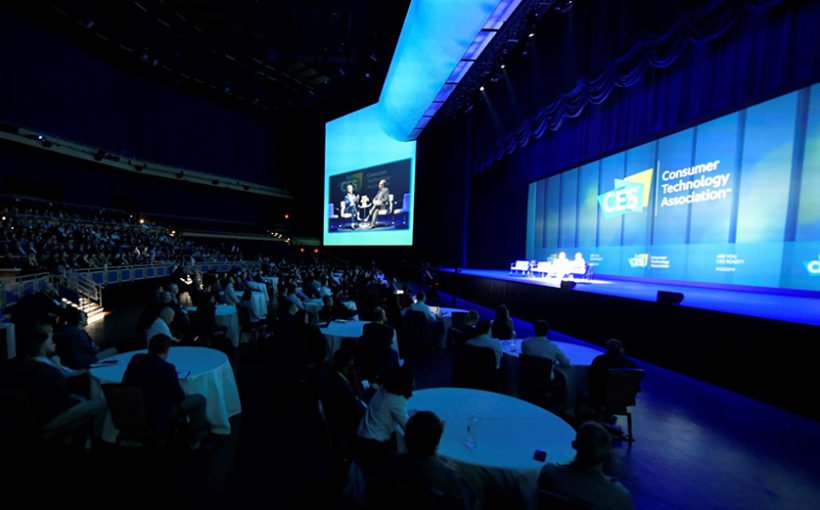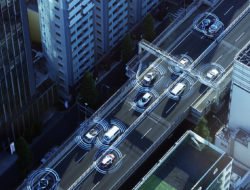On the eve of the Las Vegas Consumer Electronics Show (CES), Dassault Systèmes and Cite Research questioned 1,000 adults in the United States to learn about their expectations in terms of mobility, habitat, health and business by 2030. The verdict: all dream of new mobility solutions.
Flying taxis? Hyperloops? The future of transport in the heart of smart cities is the subject of many fantasies, not only from a technical perspective but also for the potential market that it represents. In a prospective context, Dassault Systèmes conducted a survey among 1,000 American adults, in partnership with research company Cite Research. The vision in the crystal ball: an overwhelming majority (71%) of Americans think that they will be moving around in electric vehicles in 2030, 51% in Hyperloops and 38% in flying taxis.
Are these predictions realistic? ‘Vehicle development cycles are quite long, they take at least five years,’ says Olivier Sappin, Vice President of Transport and Mobility at Dassault Systèmes. ‘As for public transport and the infrastructure requirements, they are even longer.’ Despite this, Hyperloop test lines already exist (in Toulouse for example). In these futuristic trains, imagined by Elon Musk, passengers will settle in small pods (2.7 m in diameter and 32 m long), that are propelled along huge vacuum tubes. Thanks to a powerful magnetic field, the capsules would move along at more than 1,000 km/h without touching the ground and with no friction. Hyperloop TT states that it is currently finishing a full feasibility study in the Great Lakes area, for a transport link between Cleveland and Chicago.
Like a bird
As for flying cars, they are now beyond the design stage. After conquering the ground, future means of urban transport are looking to the air. This is already the case for drones used for Amazon goods deliveries, technology that is ahead of public transport. Entirely self-driving vehicles should also lead to change, but motorists can’t imagine them on the roads in the immediate future.
‘For the moment, it is difficult to estimate at what speed, in what proportions and at what price these new technologies will come to be,’ Olivier Sappin explains. ‘The main challenges concern the batteries, their carbon footprint and how to recycle them.’ Batteries have indeed become a central element for new mobility. Moreover, Tesla – although better known for its cars – is in fact a battery manufacturer. On the other hand, cars will become storage elements for the electrical system thanks to batteries.
Tags: Dassault Systèmes, flying cars, hyperloop, Mobility, smart city, transport






































